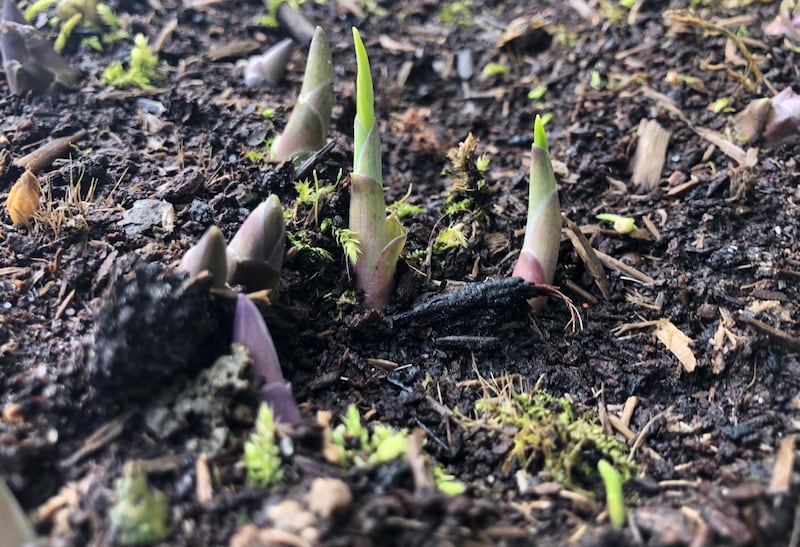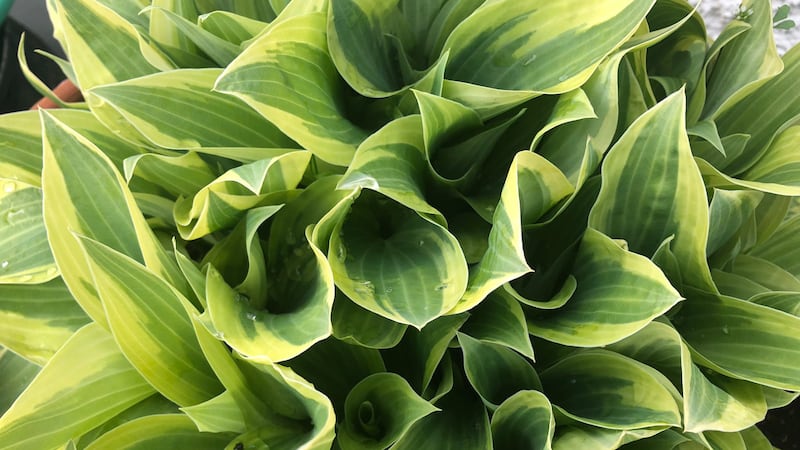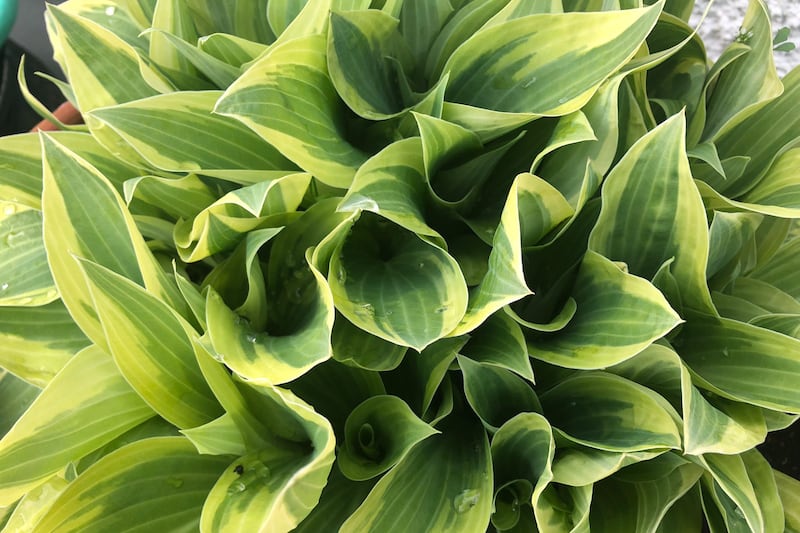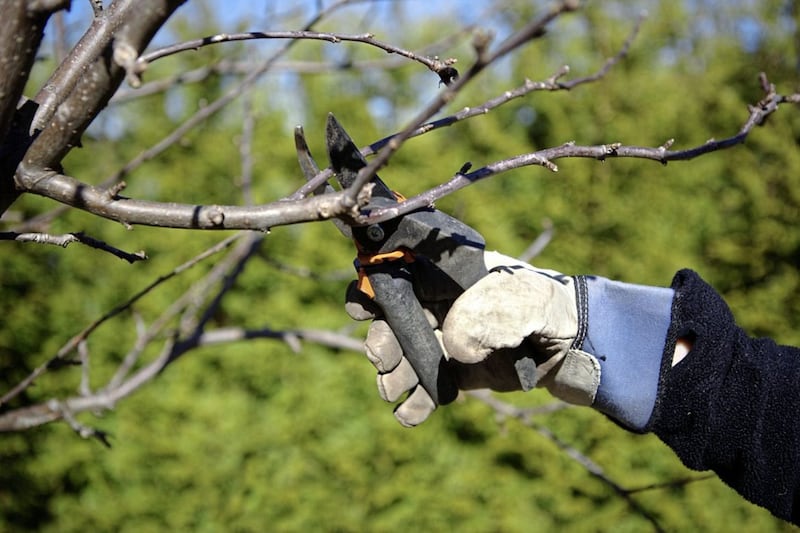“Nothing is so beautiful as spring”, wrote the English poet and Jesuit priest Gerard Manley Hopkins (no relation).
The season of rebirth has long been celebrated in verse, prose, song and painting. The magical images employed by wordsmiths and artists range from a sea of daffodils to bursting pink blossom on an ornamental cherry tree.
For me, the arrival of spring in the garden is embodied by something a little more mundane, yet in its own understated way it is equally inspirational, hinting strongly as it does at better times ahead.
The emergence of the hosta from winter dormancy will never lose its appeal. From the vernal equinox onwards, sharp fangs slowly break the earth’s surface, then unfurl to reveal the wondrous and varied foliage for which the plant is treasured.

The hosta does flower, mostly white or purple, later in the season but it is the leaves, lanceolate or ovate, smooth or crinkled, in colours ranging from the lightest green with orange edges, through more pronounced variegated patterns and deep blues with yellow veins.
Woodland plants originating in the uplands of south eastern Asia, hostas are hardy, long-lived herbaceous perennials that under the right conditions can spread up to 1m over a decade. Best described as an architectural utility plant, they are happy in any fertile, moisture-retentive garden soil, with many varieties being shade tolerant. They could be characterised as bland to the uninitiated, as their beauty is subtle, the differences between varieties often nuanced yet sometimes very pronounced.
One of the challenges with hostas is choosing the right one. There are thousands out there, with dozens of new varieties being introduced every year. For a big leaved, statement variety Hosta sieboldiana var. elegans is recommended, while the dainty, miniature variety ‘Pandora’s Box’ falls at the other end of the scale. ‘Blue Mouse Ears’ and ‘Queen Josephine’ offer more interesting leaf shapes.
Every discussion on hostas too quickly turns to the threat to their prized foliage from slugs and snails. Both kinds of mollusc make light work of tender hosta leaves, stripping the less robust species to a stump from which it will never recover or, at best, leaving the leaves tattered.
Regrettably, I have no magic formula when it comes to protecting your hostas, but in the first instance I’d recommend buying from a locally-owned nursery, assured your plant has most likely been reared in conditions similar to its new home.
Then there’s numerous protective measures you can deploy in an effort to discourage slug and snail attack, of which I’d recommend those that deter, rather than kill, the pest, who could very well be a blackbird’s next meal. For this reason and dozens more, poisoning is out of the question. Away from eating your plants, slugs and snails are an essential part of a garden’s ecology and food chain. They should therefore be afforded some respect, if not affection.
A well watered, well fed plant will fair better, but an over-watered, over-fed plant will be vulnerable. Varieties with thicker leaves are harder for slugs and snails to get their thousands of microscopic teeth into. Generally, plants in pots and other containers are, in theory, easier to protect, as it’s more practical to apply deterrents like copper tape, WD40 or petroleum jelly around the rim. Veteran gardener Alan Titchmarsh recommends “pot feet” for containers.
Relatively labour intensive but very effective is making your own boiled garlic solution and applying it to the leaves as a spray, repeating at least every few weeks.








